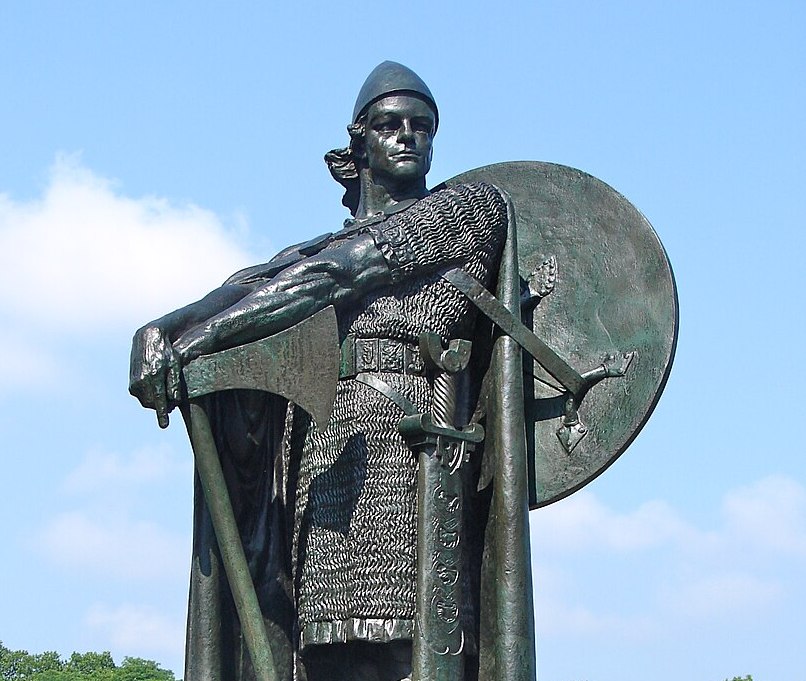The Thorfinn Karlsefni statue is a monument dedicated to the Icelandic explorer Thorfinn Karlsefni, who is believed to have led an expedition to North America around the year 1010 AD, over 480 years before Christopher Columbus’ voyage. This statue is located in Philadelphia, Pennsylvania.
The statue of Thorfinn Karlsefni is a bronze figure created by Icelandic sculptor Einar Jónsson. It was presented to the city of Philadelphia by the Icelandic Society of New York in 1920. The statue depicts Karlsefni standing with a determined look, holding a shield in his left hand and a sword in his right, symbolizing his role as an explorer and a warrior. The statue is situated near the banks of the Schuylkill River in Philadelphia’s Fairmount Park, close to the area where the Water Works are located.
Thorfinn Karlsefni is a historical figure from the Icelandic sagas, particularly the Saga of the Greenlanders and the Saga of Erik the Red. According to these sagas, Karlsefni attempted to establish a settlement in Vinland, which is thought to correspond to parts of modern-day North America. His wife, Gudridur, accompanied him, and their son Snorri is considered to be one of the first children of European descent born in the New World.
The Thorfinn Karlsefni statue honors the legacy of Norse exploration and serves as a reminder of the Viking presence in North America long before other European explorers. It celebrates the spirit of adventure and the historical connections between Iceland and the United States. For many years, the statue stood in Philadelphia as a symbol of this early exploration. However, it has also been a subject of controversy and was targeted by vandals who perceived it as a symbol of colonialism and oppression. These tensions reflect broader conversations about the role and representation of historical figures in public spaces.
The monument to Thorfinn Karlsefni is part of Philadelphia’s rich array of public art and historical landmarks, contributing to the city’s diverse cultural landscape and its reflection on the complex histories of exploration and encounter in the Americas.

